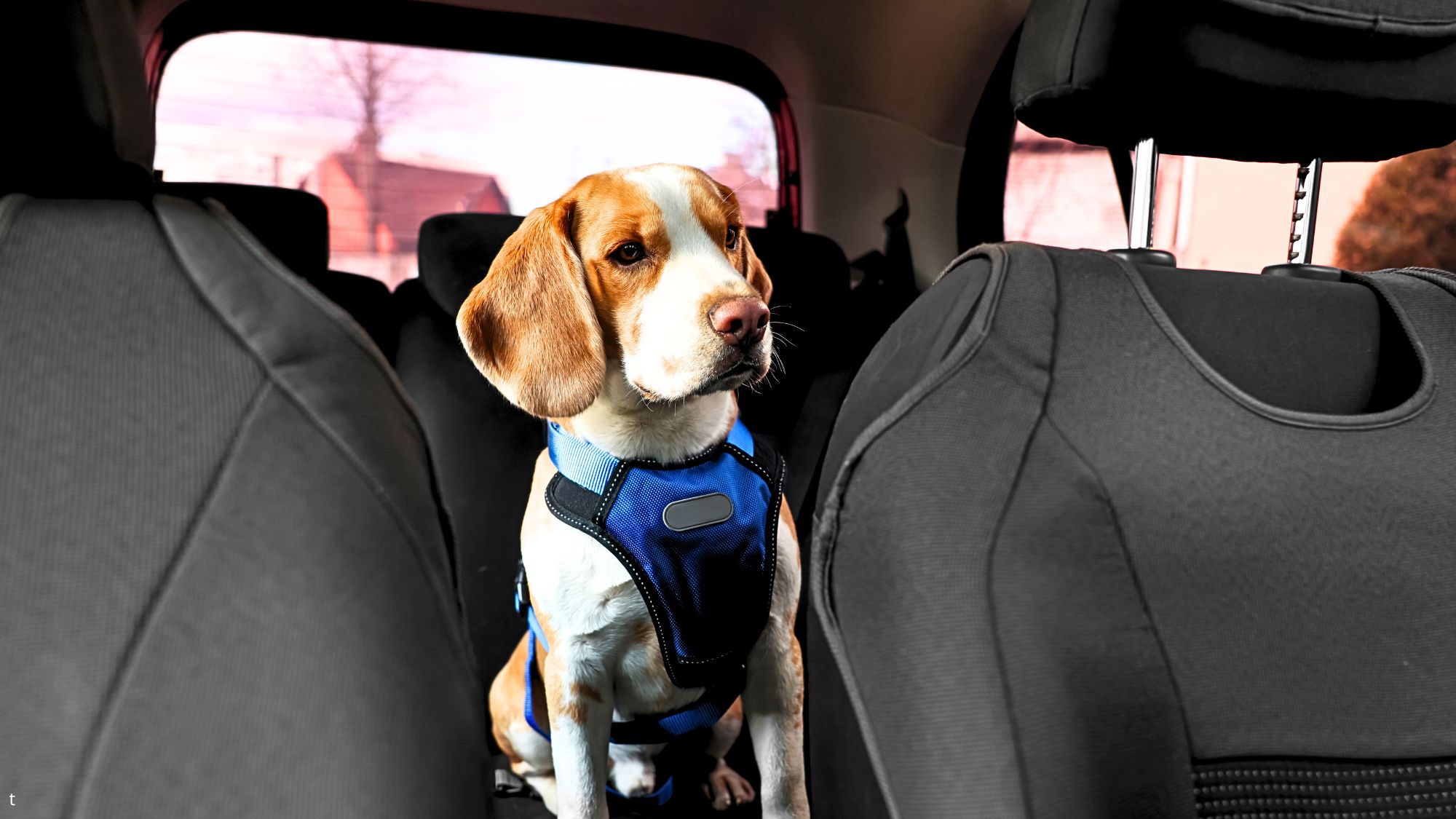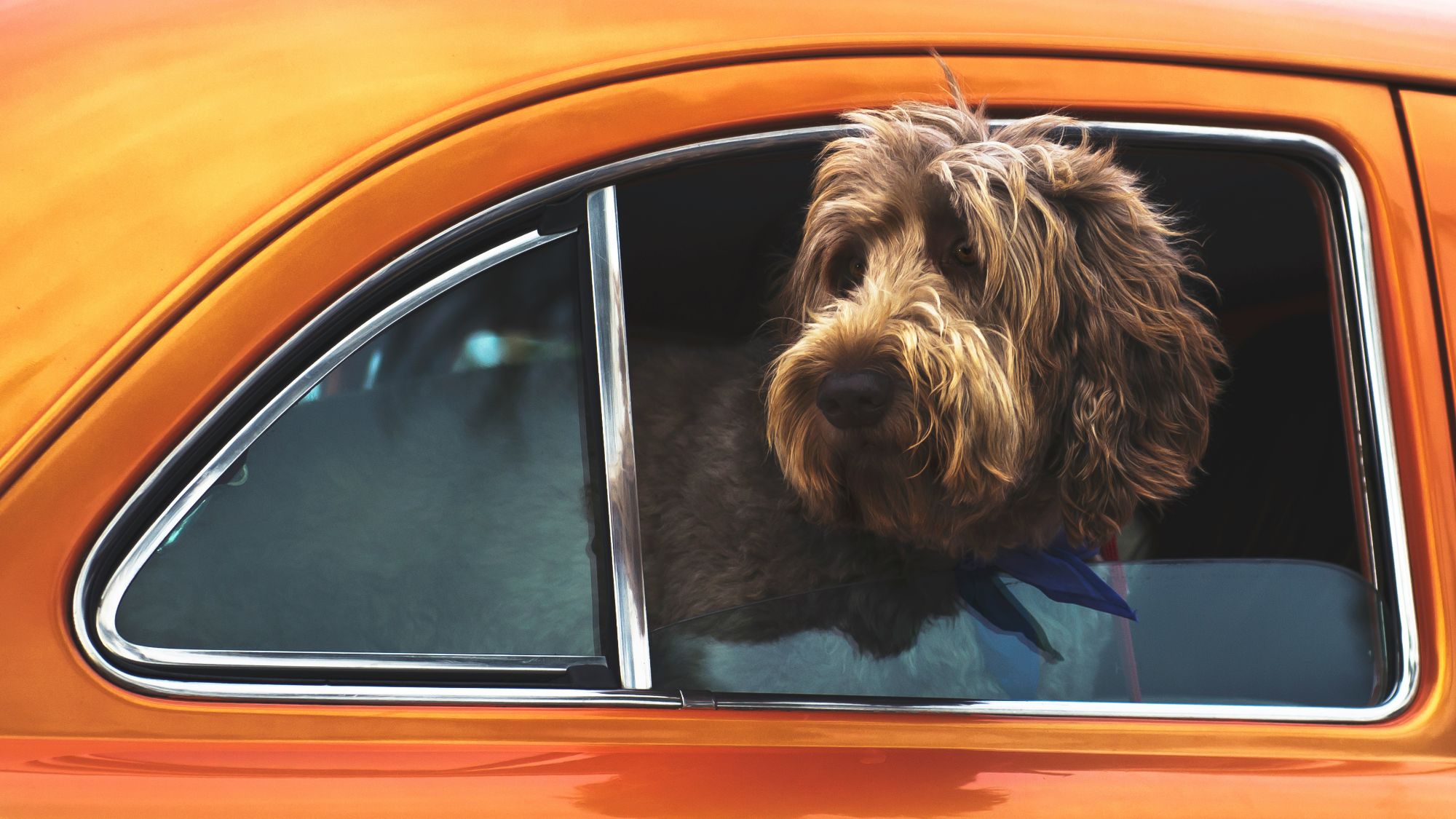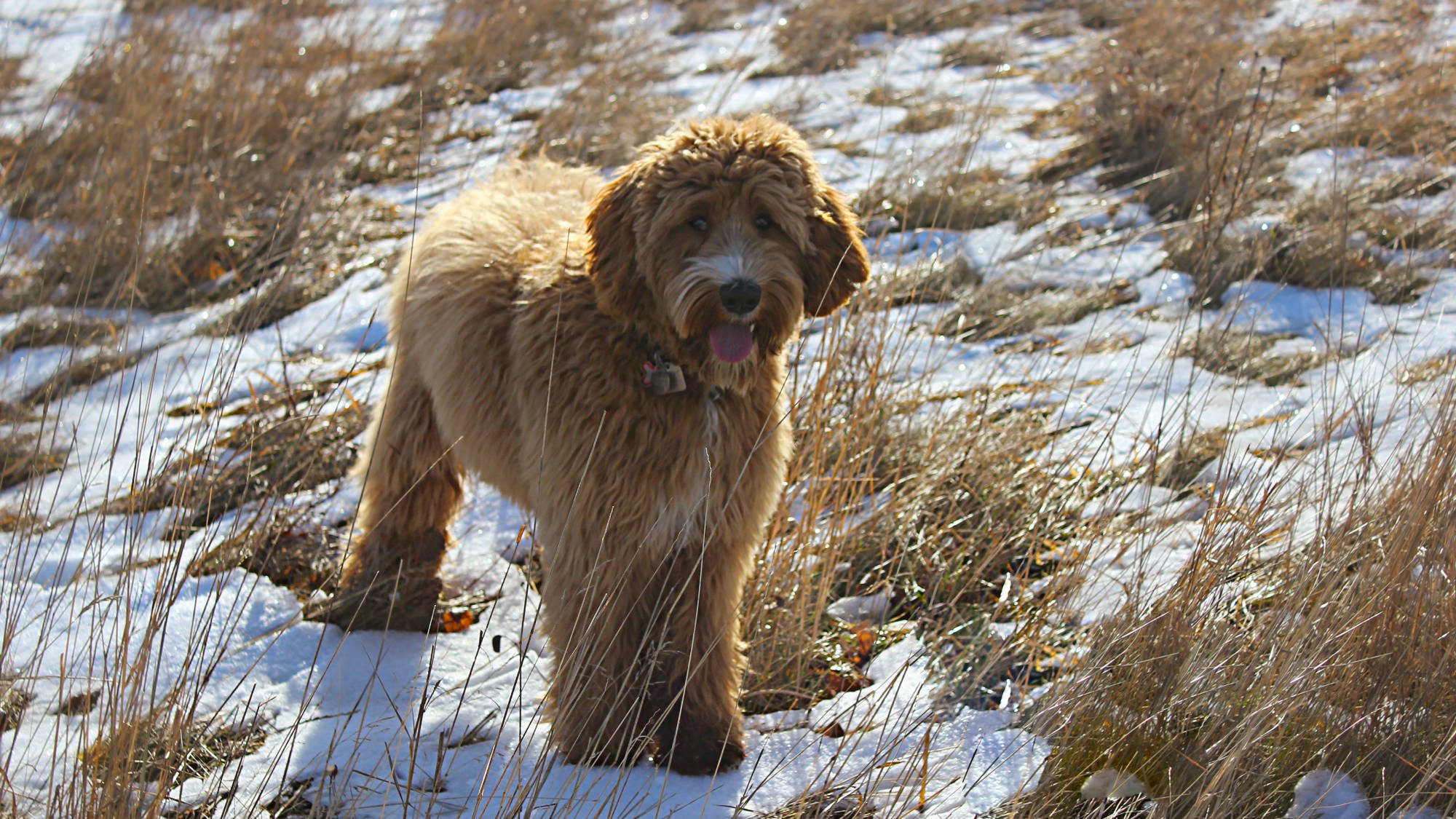Separation anxiety is a widely recognized issue in dogs, necessitating a deeper understanding and approach to management. As a breeder focused on creating resilient puppies using scientifically supported rearing methods, I aim to mitigate this problem. However, not all breeders, for example, puppy mills and puppy brokers, share this commitment, and as a result, separation anxiety remains prevalent.
This condition is more than just a dog’s clingy behavior — it manifests in severe distress when left alone, leading to destructive actions, self-harm, and other signs of intense stress. Understanding and addressing the needs of dogs with true separation anxiety is crucial for their well-being.
Table of Contents
- Understanding True Canine Separation Anxiety
- Identifying the Causes of Separation Anxiety
- Strategies for Managing Separation Anxiety
- Gradual Desensitization and Training
- The Role of Professional Support
- Moving Forward with Patience and Persistence
- Be patient and Continue Your Training
Understanding True Canine Separation Anxiety
A dog with true separation anxiety is a dog in a state of sheer panic about being left alone.
True separation anxiety is a clinical diagnosis that needs to be made by a canine behaviorist or veterinarian who specializes in canine behavior. Usually, it refers to a dog that has formed a hyper-attachment to a particular person in the home. When that person is not home, the dog starts to panic.
Not every dog that struggles with separation anxiety exhibits such severe symptoms where the result is property damage or self-harm. Instead, you may have a dog who just cannot relax, who paces and barks or whines the entire time you are away. This dog is still suffering panic when left alone. We need to try to figure out what is happening and provide some relief to our four-legged friends.
Identifying the Causes of Separation Anxiety
A canine behaviorist can typically identify the cause(s) of a dog’s separation anxiety, and it is seldom going to be the fault of a loving family. Some common factors include:
- Being left in a shelter/or returned to a shelter
- Changes in the family structure, like a birth or a death, a return to work or school after a long period of being home, divorce, a child leaving home, etc.
We also know there can be a genetic (inherited) component for some dogs that struggle with anxiety. Some dogs, due to poor breeding or other genetic factors, are simply predisposed to anxiety disorders.
Strategies for Managing Separation Anxiety
Addressing separation anxiety requires a multifaceted approach, incorporating everything from environmental adjustments to professional behavioral interventions. Simple measures, such as providing a quiet space or using calming aids like pheromone diffusers or pressure wraps, can offer temporary relief. However, for long-term improvement, a more structured training regimen is necessary.
Gradual Desensitization and Training
The cornerstone of overcoming separation anxiety is gradual desensitization, starting with identifying your dog’s panic threshold and slowly acclimatizing them to longer periods alone. This process involves controlled exposure to pre-departure cues and incrementally increasing alone time, always at a pace comfortable for the dog.
The Role of Professional Support
While this post offers guidance, it’s not a substitute for professional advice. Overcoming separation anxiety is challenging and may require the support of a qualified canine behaviorist or veterinarian. They can provide tailored strategies and support to address your dog’s specific needs.
Moving Forward with Patience and Persistence
Progress in treating separation anxiety varies widely among dogs and is influenced by their individual circumstances. Patience, consistency, and a positive approach are essential. Remember, taking breaks and involving all household members in the training process can significantly enhance its effectiveness.
Be patient and Continue Your Training
Separation anxiety in dogs is a complex issue that requires understanding, patience, and strategic intervention. By recognizing the signs, understanding the causes, and implementing a gradual desensitization process, you can help your dog overcome anxiety. However, don’t hesitate to seek professional help if you’re struggling to make progress. With time and dedication, it’s possible to improve your dog’s quality of life and ensure they feel safe and content, even in your absence.








